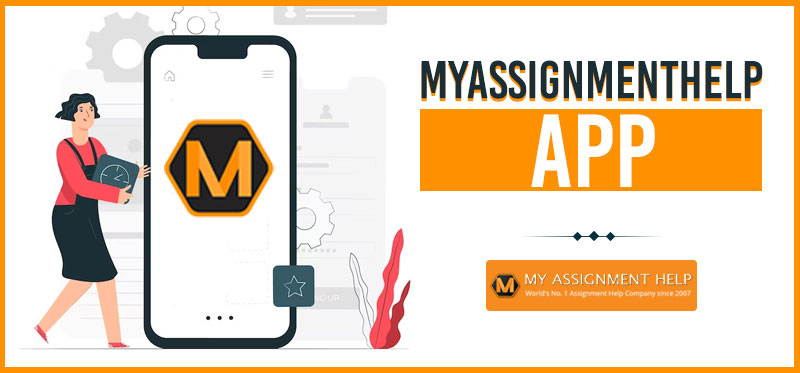Web accessibility refers to designing websites, apps, and other digital products in a way that makes them usable by everyone, regardless of ability or situation. It includes people with disabilities with visual, motor, cognitive, and neurological impairments. By building accessibility into the design and development process, digital products can be accessible to all users.
A prominent web or software development company plays a huge role in making digital products accessible to all. With a steadfast commitment to inclusivity, such companies invest in cutting-edge technologies and adhere to the latest web accessibility standards. Through rigorous testing, user feedback, and continuous improvement processes, these industry leaders ensure that their digital solutions prioritize accessibility features.
Why Web Access Matters
Several pivotal reasons should be a priority for any firm or business with a digital presence:
- Accessible design ensures people with disabilities have the same access as others. It permits them to participate fully in education, employment, entertainment, and civic life.
- Many countries and jurisdictions have laws requiring apps to meet certain accessibility standards. Failure to comply might result in lawsuits.
- About 15% of the universal population has some sort of disability. Designing accessibility opens up a huge potential market and base.
- Accessible features like alternative text captions and keyboard navigation improve usability for all users, not just those with disabilities. Everyone benefits from well-designed accessibility.
Common Barriers and How to Overcome Them
Some people’s faces and how to address them through design:
Visual Impairments: Provide text alternatives for non-content-like images, ensure sufficient color contrast, and allow text to be resized up to 200%.
Motor/Dexterity Impairments: Make all functionality available via keyboard and ensure interactive elements are large and spaced enough for precise input.
Cognitive/Learning Disabilities: Write simply, avoid unnecessary flashing or moving content, and provide navigation cues.
Impairments: Include captions for videos and ensure important audio information is also conveyed visually.
Following Web Accessibility Standards
The main international standards for web accessibility are the Web Content Accessibility Guidelines, published by the WAI. WCAG defines three levels (“A”, “AA”, and “AAA in increasing order of stringency) and provides success criteria for each.
Meeting levels A and AA is considered a minimum for conformance some key things WCAG covers include:
- Perceivable: Providing text alternatives and controlling color contrast
- Operable: Access, order, time for inputs
- Understandable: Language and behavior help users avoid mistakes
- Rob: Compatibility with assistive technologies like screen readers
Conducting Access
It’s pivotal to conduct a thorough audit to check how accessible a website or app currently is. It involves:
- Manual testing employing assistive technologies like screen readers
- Automated testing with tools like WAVE, Axe, or Siteimprove
- Checking against success criteria and WC guidelines
- Feedback from actual users’ disabilities
- Documenting any issues and priority
Regular audits should be part of ongoing quality assurance processes. Addressing major issues upfront reduces risks down the line.
Planning For Accessibility in the Design Phase
The best way to ensure accessibility is to incorporate it from the very start of the process.
- Assign an accessibility owner or champion to drive efforts
- Designers and developers based on principles and standards
- Specify accessibility requirements in design specs
- Conduct formative testing of prototypes
- Prioritize accessibility equally with other quality attributes
- Address issues found before launching new features
This “baked-in” approach will be more effective for retrofitting accessibility later.
Making Content Accessible
Some key things to keep in mind when creating accessible content are:
- Clear and simple language appropriate for your audience
- Provide text alternatives for non-text using alt attributes
- Ensure sufficient color contrast in the foreground and background
- Headings using appropriate HTML tags for outline
- Add captions and audio descriptions for video content
- Make documents readable and navigable without style sheets
Forms and Multimedia
Multimedia and Forms present unique accessibility challenges.
Forms:
- Associate form labels with inputs clearly
- Submissions without JavaScript
- Feedback on
Images:
- All info conveyed with images also as text
- Use alt text describing the purpose or content
Videos:
- Include synchronized captions
- descriptions of visuals
These need special attention, as perceivable by all users.
Accessible Web Design Patterns
Some common web design patterns and how to make them
- Navigation Menus: Ensure the keyboard operability and visible focus states
- Accordions or Tabs: Follow tab order and provide text links
- Modals/Lightboxes: Focus, allow closing with Escape
- Sliders and Carousels: Buttons to advance
- Charts and Graphs: Convey data in multiple formats
- Interactive Maps: Include hotspots
Testing and Validation
To ensure accessibility is properly implemented
- Manual Testing: Involve users with disabilities at each stage
- Automated Testing: Run accessibility scans regularly
- Validate Against Standards: Audit against WCAG success criteria
- All issues: Fix accessibility Bugs found
- Monitor for Regressions:: Integrate accessibility into QA processes
- Consider Third-party: For legal or compliance
Continuous Improvement
Accessibility is a constant approach rather than a one-time:
- Re-audit sites periodically for any changes or new issues
- Get ongoing feedback from users with disabilities
- Keep yourself informed about the latest web standards and technologies
- Train new employees on accessibility
- Budget for ongoing maintenance of existing accessibility
- Advocate for accessibility internally and with partners and vendors
By making accessibility a part of the product development lifecycle, firms can build digital experiences that are inclusive and usable by all.
Tips for Developers
Here are some tips to consider accessibility throughout the development process:
- Involve Users: Get feedback from people with disabilities during design, development, and testing to identify barriers firsthand.
- Write for All: Use clear language, provide definitions, and structure content in a way that is understandable to all readers, regardless of ability or prior knowledge.
- Prioritize Accessibility: Build it into requirements, allocate time and budget, and get developer training rather than treating it as an afterthought.
- Validate Code: Use automated accessibility validation tools in development to detect and fix issues early.
- Testive Technologies: Manually test using screen readers, magnifiers, and other assistive technology to experience your product from other perspectives.
- Consider Disabilities: Think about how users with visual, auditory, physical, cognitive, and neurological disabilities will perceive, understand, and interact with the product.
- Use Semantic HTML: Leverage the full capabilities of HTML5 to convey meaning and structure rather than just presentation.
- Keep it Simple: Prioritize clarity over flashy features. Complex or confusing designs make content less accessible.
- Continuous Improvement: Accessibility is a process, not a destination. Re-evaluate and enhance accessibility as products evolve.
Also Read: Importance of selecting the right programming language
Wrapping Up
Following these established ideas will help ensure making digital products accessible to all through web accessibility.



